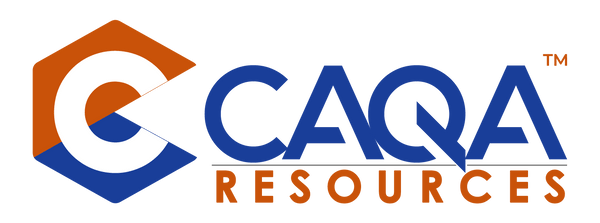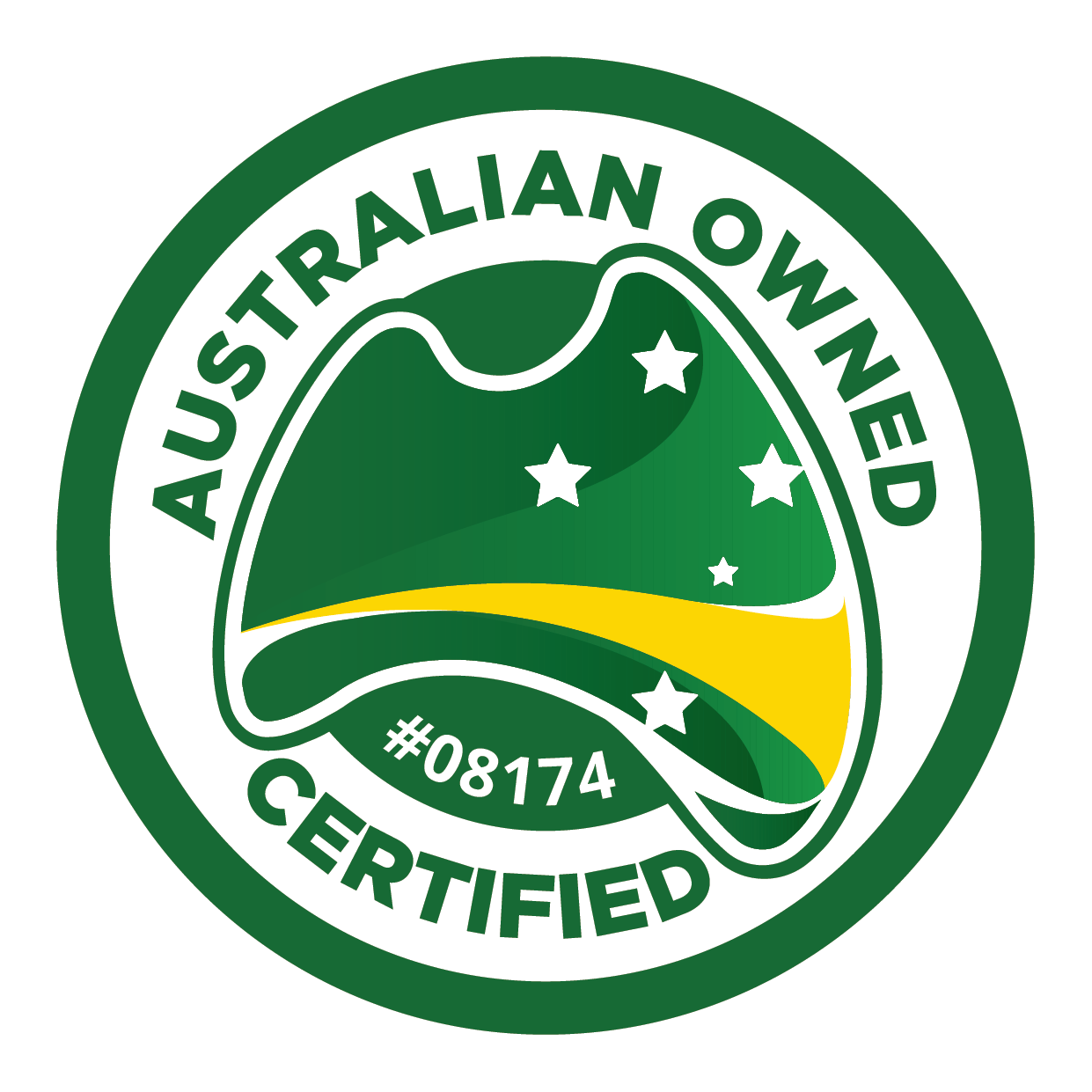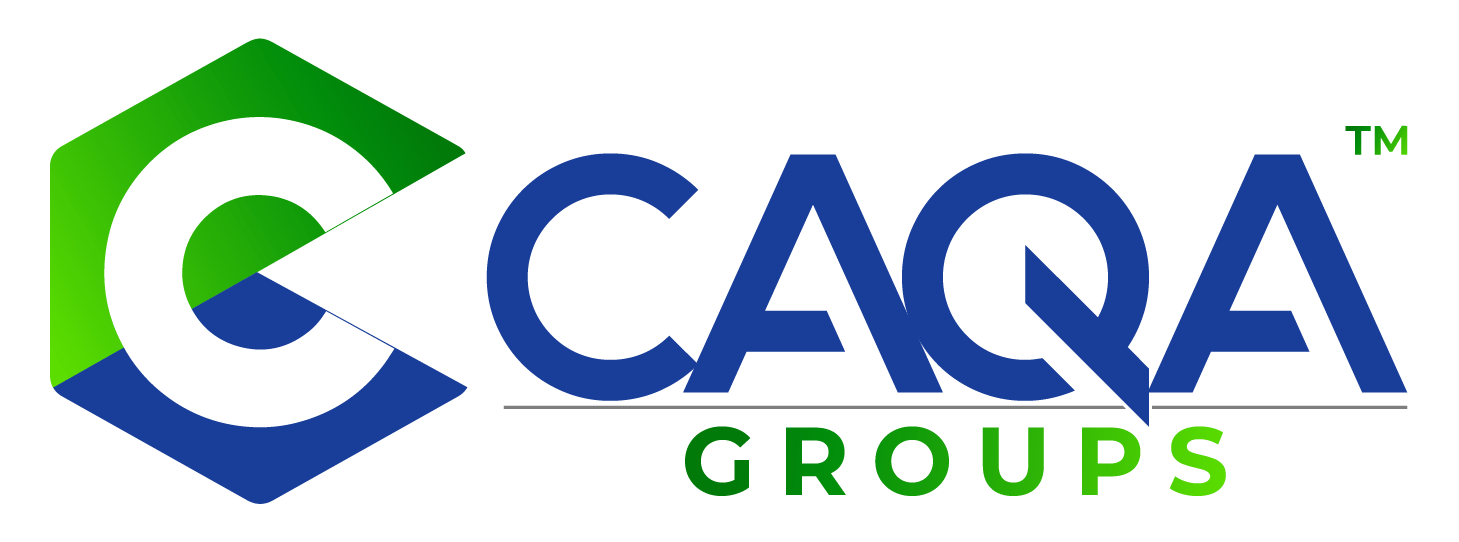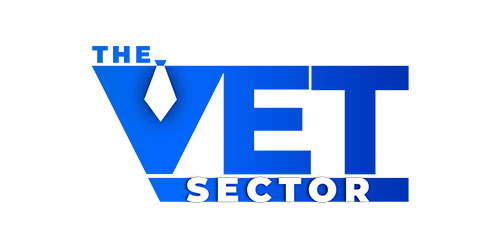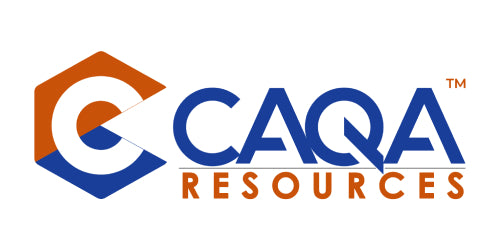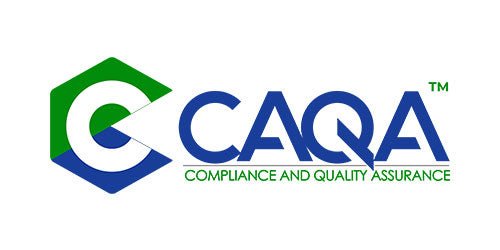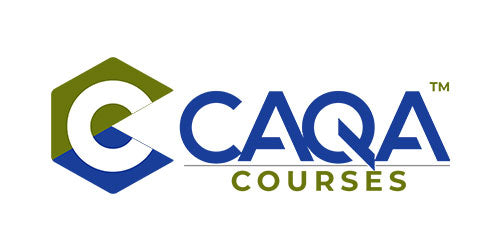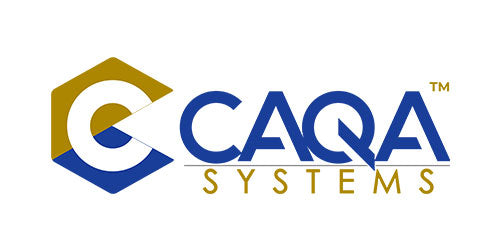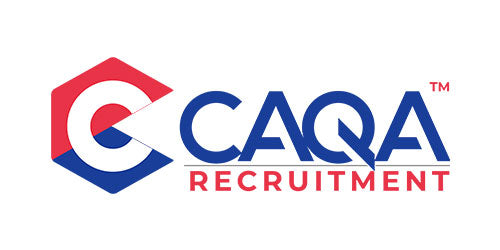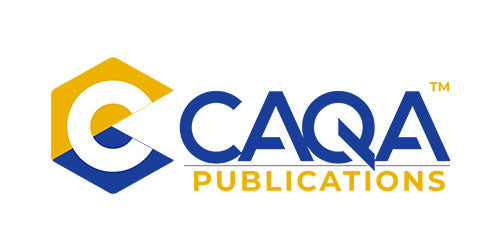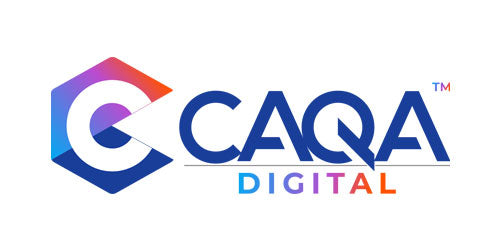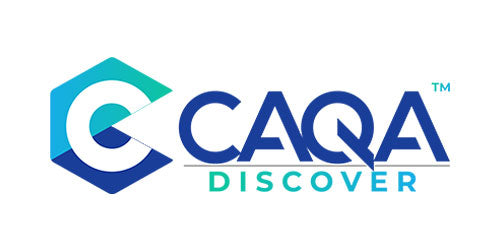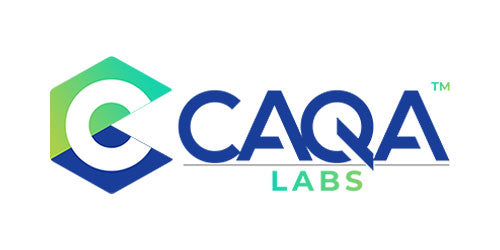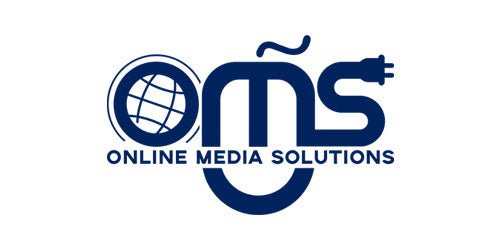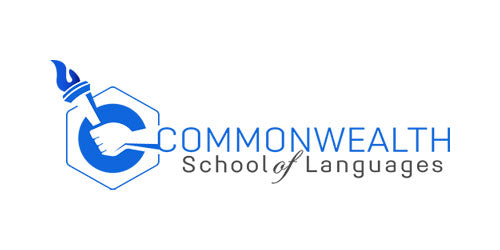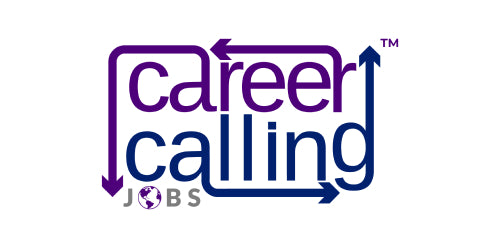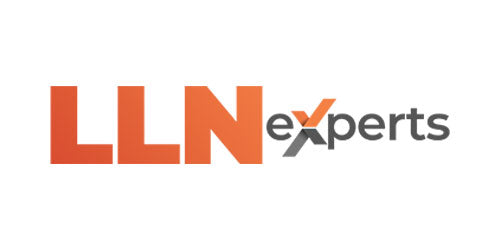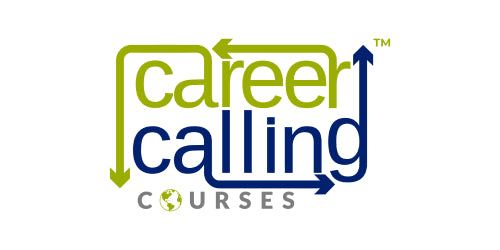Introduction
Adult learners possess unique characteristics and specific needs that distinguish them from younger learners. These include having specific goals, leveraging life experiences, being self-directed, seeking mentorship, and desiring autonomy in their learning processes. Designing effective learning experiences for adult learners requires an understanding of these traits and the application of specific strategies to engage and support them. This article explores key principles for designing learning experiences tailored to adult learners, focusing on explaining benefits, providing relevant examples, offering support, and allowing freedom in learning approaches.
Understanding the Characteristics of Adult Learners
Goal Orientation
- Specific Goals: Adult learners typically have clear, specific goals for their learning, often related to career advancement, personal development, or specific skill acquisition. They are motivated by the direct applicability of what they are learning to their personal and professional lives.
- Design Implications: Learning experiences should be designed with clear objectives and outcomes that align with the learners' goals. Explaining how the learning will help them achieve these goals can significantly enhance their motivation and engagement.
Self-Direction
- Autonomy: Adult learners prefer to take control of their learning process. They value the ability to make decisions about what, how, and when they learn.
- Design Implications: Providing options and flexibility in learning paths, allowing learners to choose topics or projects that interest them, and encouraging self-paced learning can cater to their need for autonomy.
Life Experiences
- Leveraging Experience: Adult learners bring a wealth of life and work experiences to the learning environment, which can enrich their learning and the learning of their peers.
- Design Implications: Integrating opportunities for learners to share and reflect on their experiences, using case studies and scenarios that relate to real-world situations, and encouraging collaborative learning can make the learning experience more relevant and meaningful.
Seeking Mentorship
- Guidance and Support: Adult learners often seek mentorship and coaching to help guide their learning journey. They value feedback and support that help them navigate challenges and achieve their goals.
- Design Implications: Providing access to mentors and coaches, offering regular feedback, and creating opportunities for one-on-one or small group interactions can support adult learners effectively.
Desire for Autonomy
- Freedom in Learning: Adult learners appreciate having the freedom to explore and engage with the material in ways that suit their preferences and learning styles.
- Design Implications: Designing learning experiences that allow for exploration, choice, and self-direction can enhance engagement and satisfaction.
Designing Learning Experiences for Adult Learners
Explaining Benefits
Strategy: Clearly articulate the benefits of the learning experience to the learners' personal and professional goals.
Implementation:
- Contextual Relevance: Explain how the learning will help them achieve their specific goals, such as career advancement, skill development, or personal growth.
- Practical Application: Highlight the practical applications of the knowledge and skills being taught and how they can be used in real-world scenarios.
Example: In a professional development course for managers, start each module by explaining how the skills learned will help them improve team performance, enhance communication, and advance their careers.
Sharing Relevant Examples
Strategy: Use examples that are relevant to the learners' experiences and goals to illustrate key concepts.
Implementation:
- Case Studies: Incorporate case studies and real-world scenarios that reflect the challenges and situations learners may encounter in their professional or personal lives.
- Peer Experiences: Encourage learners to share their experiences and discuss how the learning material applies to their contexts.
Example: In a health and safety training program for construction workers, use case studies from actual construction sites to illustrate safety protocols and procedures.
Providing Emotional Reasons for Learning
Strategy: Tap into the emotional motivations of learners by connecting the learning to their personal aspirations and values.
Implementation:
- Personal Stories: Share stories and testimonials from individuals who have successfully applied the learning to achieve their goals.
- Emotional Connection: Discuss the broader impact of the learning, such as improved job satisfaction, better work-life balance, or increased confidence.
Example: In a course on leadership development, include testimonials from leaders who have transformed their careers and lives through the skills they acquired in the program.
Offering Support through Coaching and Mentorship
Strategy: Provide ongoing support and guidance through coaching and mentorship to help learners navigate the learning process.
Implementation:
- Access to Mentors: Pair learners with mentors who can provide personalised guidance and feedback.
- Regular Check-ins: Schedule regular check-ins to discuss progress, address challenges, and provide encouragement.
Example: In a digital marketing certification program, assign each learner a mentor who is an experienced marketer to offer insights, review projects, and provide feedback throughout the course.
Allowing Freedom in Learning Approach
Strategy: Design learning experiences that offer flexibility and allow learners to choose how they engage with the material.
Implementation:
- Self-Paced Learning: Provide options for self-paced learning where learners can progress through the material at their own speed.
- Multiple Formats: Offer content in various formats, such as videos, articles, interactive activities, and hands-on projects, to cater to different learning preferences.
Example: An IT skills training program offers a mix of video tutorials, written guides, interactive coding exercises, and real-world projects, allowing learners to choose the formats that work best for them.
Case Studies
Case Study 1: Enhancing Employee Training in a Manufacturing Company
Background: A manufacturing company needs to upskill its workforce to adopt new technologies and improve operational efficiency. The workforce consisted primarily of adult learners with diverse backgrounds and varying levels of experience.
Implementation:
- Explaining Benefits: The training program began with an overview of how the new technologies would improve their work processes, increase efficiency, and enhance job security.
- Relevant Examples: Real-world examples and case studies from the manufacturing industry were used to illustrate how the new technologies were being implemented successfully.
- Emotional Reasons: Personal stories from employees who had previously upskilled were shared, highlighting their career growth and increased job satisfaction.
- Support and Mentorship: Each employee was paired with a mentor who provided guidance and support throughout the training.
- Freedom in Learning: The program offered self-paced modules, allowing employees to learn at their own convenience.
Outcome: The training program saw high engagement levels, and employees reported increased confidence and competence in using the new technologies. The company observed significant improvements in operational efficiency and productivity.
Case Study 2: Professional Development for Teachers
Background: A school district aimed to enhance the professional development of its teachers to improve instructional practices and student outcomes. The teachers, as adult learners, had diverse needs and busy schedules.
Implementation:
- Explaining Benefits: The professional development program outlined how the new instructional strategies would help teachers improve student engagement and learning outcomes.
- Relevant Examples: Case studies from other successful schools were used to demonstrate the impact of the strategies.
- Emotional Reasons: Testimonials from teachers who had implemented the strategies and seen positive changes in their classrooms were shared.
- Support and Mentorship: Teachers were provided with ongoing coaching from experienced educators who offered feedback and support.
- Freedom in Learning: The program offered a variety of learning formats, including workshops, online courses, and peer collaboration sessions, allowing teachers to choose how they engaged with the material.
Outcome: Teachers reported a deeper understanding of the instructional strategies and felt more equipped to implement them. Student engagement and performance improved, and the school district received positive feedback from both teachers and parents.
Conclusion
Designing effective learning experiences for adult learners requires an understanding of their unique characteristics and needs. By explaining the benefits of learning, sharing relevant examples, providing emotional reasons for learning, offering support through coaching and mentorship, and allowing freedom in learning approaches, educators and trainers can create engaging and impactful learning experiences. These strategies not only enhance learner engagement and satisfaction but also lead to better learning outcomes and the achievement of personal and professional goals. Through thoughtful design and implementation, learning experiences can be tailored to meet the specific needs of adult learners, ultimately contributing to their success and fulfilment.









